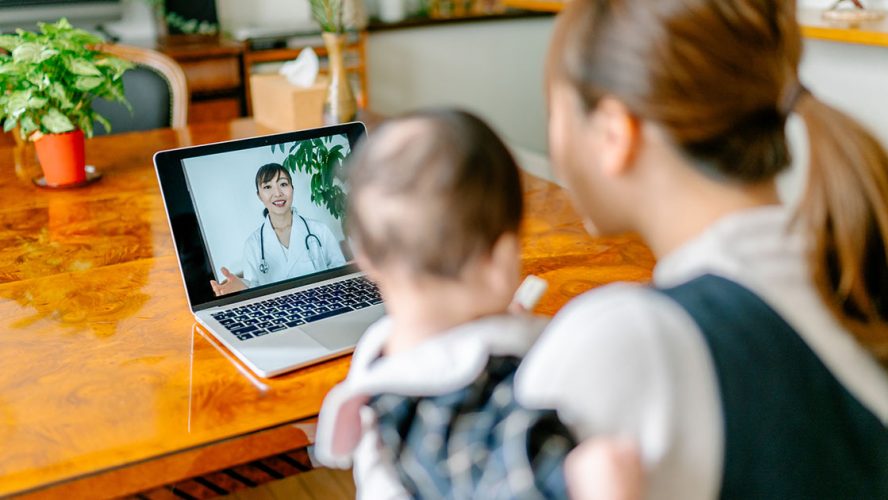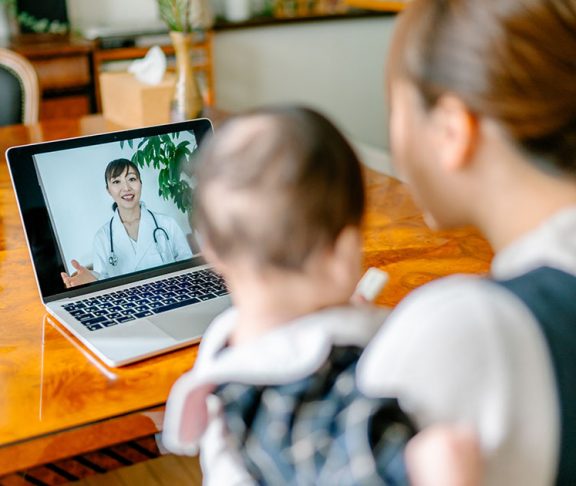According to Harold Wolf III, president and CEO of the Healthcare Information and Management Systems Society (HIMSS), a mission-driven non-profit, global advisor, and thought leader that’s focused on reforming the global health ecosystem through information and technology, “2020 is the year of the disruptor.”
The disruption involves how technology will be implemented in healthcare. There are two models of care: a classic medical model of clinics and hospitals, and, a new approach, a health model that involves devices that people wear and apps that they use on their phones, such as smart watches and activity trackers.
“Digital technology is now very pervasive both inside the hospital and inside the home,” says Wolf. “These two models are coming together. They’re coming together at different speeds, individuals are becoming more attuned to their own health information, and what they can do to impact it positively.”
Embracing technology
According to Wolf, healthcare is at a tipping point globally. While these technologies have come in small increments in the past, now they’ll be arriving faster and in bigger ways.
“I think you’re going to see some of the more prominent disruptors like Google and Amazon and the efforts that they’re making,” he says. “They’re coming into the market, beginning to announce their pilots as well as their actual programs. And we would expect to see that accelerate over the next year.
“It’s very clear that their presence will be felt and they’ll become an integral part of the quilt, if you would, of the American healthcare system.”
Wolf says this is inevitable, positive change that will help personalize healthcare for patients. He compares these disruptors to the way that electronic medical reports were a disruptor years ago. He says that patients and providers can adapt to these changes.
“The ones who we call disruptors today will just be a normal part of the healthcare system in the future,” he says.
Closing gaps
Consumers are ready for a personalized approach to their health. A survey found 7 in 10 consumers say technology will help them stay healthy and personally manage their health.
Now the healthcare industry is preparing to meet that demand by filling a few gaps, looking at how patients can utilize their health benefits. It is also focused on creating better telehealth capabilities, such as improved access to health information on patients’ devices like a phone or computer.
Wolf says Kaiser Permanente is a great example of a provider using tech well. For example, the company sends lab results directly to the patient and uses email and video to communicate with patients too.
The biggest industry gap involves connectivity and the flow of data and access to information. For example, a patient may have information from multiple doctors, as well as health apps, so the question becomes how can a patient or provider get and manage all that data?
“We close that gap through interoperability, which is the way that systems talk to each other,” says Wolf, noting these connectivity gaps are closing quickly because industry experts are working rapidly to improve access to information.
Healthcare professionals, including doctors, nurses, and staff will need training to understand and implement these new technologies. This is the future of healthcare and now’s the time to prepare.“We’re embracing it and I think the whole industry is thinking about it as well,” says Wolf.



